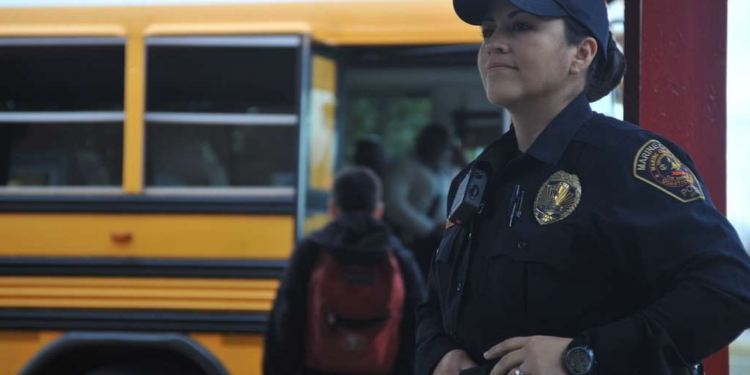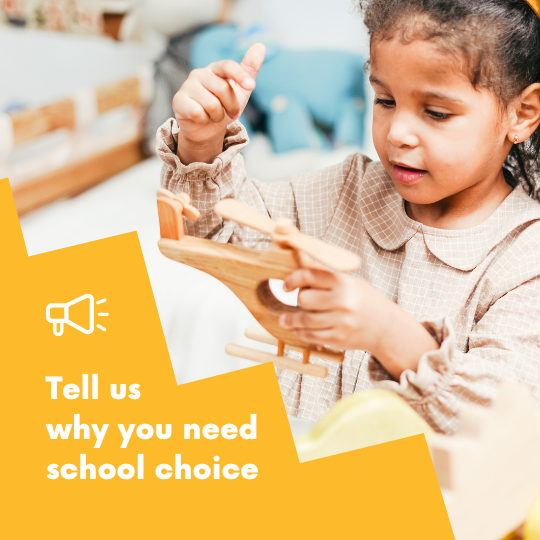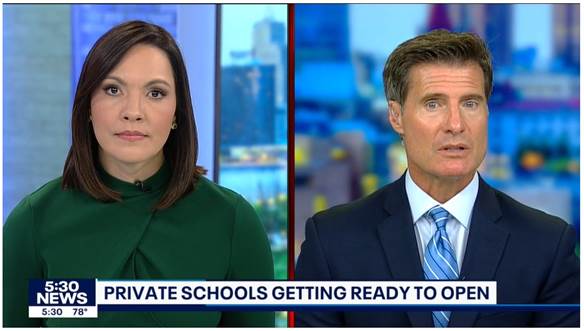It’s a new year and Minnesota’s legislators are already gearing up for the next session of lawmaking—or perhaps it’s more accurate to say that they’re gearing up to fix a problem they seemingly created in the 2023 session. This problem concerns School Resource Officers (SROs), the police officers stationed in schools to keep kids safe.
“A two-word tweak to state law led several police departments and sheriffs to suspend their school resource officer — or SRO — programs earlier this year,” the Star Tribune recently reported. “At issue was the question of whether those officers could restrain students breaking the law if they don’t pose a physical threat to themselves or anyone else in the building.”
The article goes on to explain that the issue caused many law enforcement agencies to remove their officers from schools, leaving our educational institutions to fend for themselves or come up with other security options when it comes to out-of-control students and other safety situations.
Furthermore, such a situation diminishes the trust needed for effective behavior resolution. The chief operating officer in the Anoka-Hennepin school district, Greg Cole, explained how much the effectiveness of SROs depends on the relationships they’ve built with students. “When an officer is in a school, they have the benefit of time,” Cole told the Star Tribune. “They can have some patience with the situation that can oftentimes end in a better result for everybody involved.” Those relationships just aren’t there with substitute law or security officers.
Clearly, the Minnesota Legislature has some work to do on solving the confusion on this vital issue … but there’s also something else we should consider. Are there ways to improve the behavioral climate in schools so that SROs are less vital?
Consider, for instance, how much relationships between SROs and students influence student behavior, a fact mentioned above by Cole. It’s wonderful that SROs are able to have those relationships, but why is it that they have the relationships with students rather than teachers or principals? Could it be because our schools are just too big for these administrators to maintain the connections which all students need to feel like they belong and are important?
If that’s a contributing factor, then perhaps we need to be advancing ideas which will get more students into smaller schools, schools where they are real individuals that the faculty knows and cares about, rather than just nameless faces that roam the halls, throw chairs, and get into fights.
Currently, many families only have the option of attending their local public school—schools that are often massive because of district consolidation done over the years.
But what if we expanded options for families so that they weren’t limited to that massive public school? What if we allowed education dollars to follow students to the school of their choice through Education Savings Accounts (ESAs)?
Such an option would likely lead to more innovative education options, such as local microschools or small private schools that have a more family-like atmosphere. In such an environment, it seems likely that not only would we see the need for dramatic SRO intervention diminish, but we’d also likely see academic performance improve, simply because students would have more connection and individualized attention.
Yes, the Minnesota Legislature needs to clarify its wording on what SROs can and cannot do … but they also have some work to do on reducing the need for SROs in the long run. Passing ESAs is a good place to start.
—
Image Credit: Picryl











![[downloaded during free trial]](https://oakmn.org/wp-content/uploads/2025/11/iStock-1430368205-120x86.jpg)

